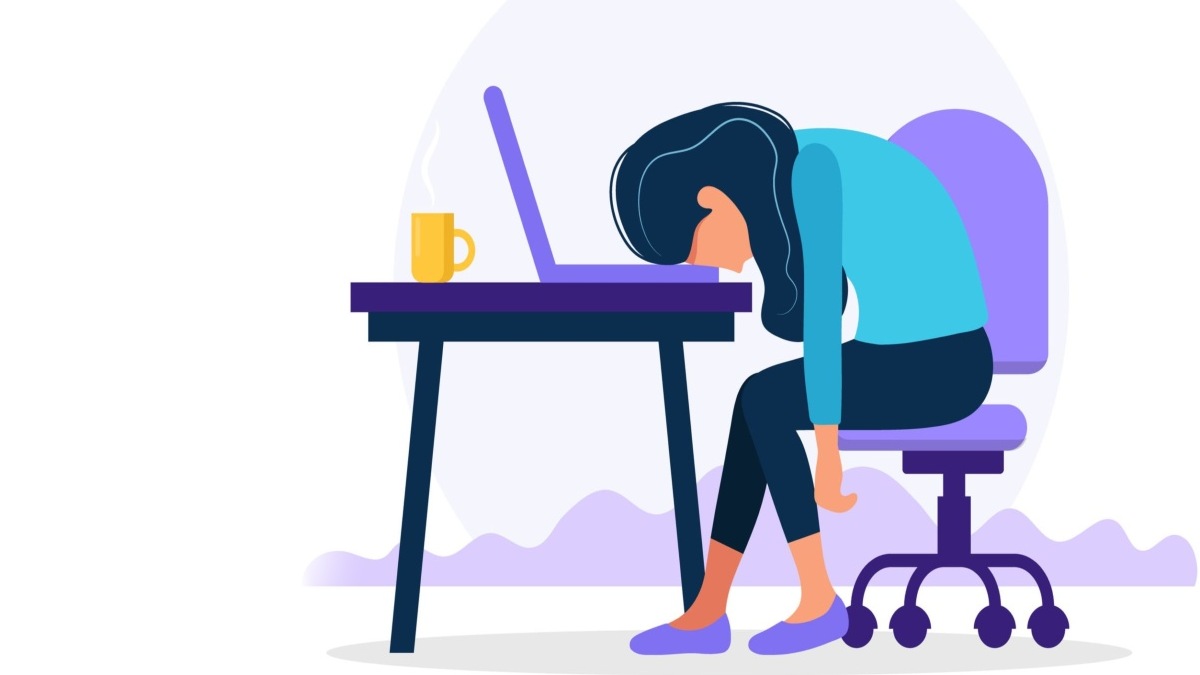Could legacy tech be impacting workers’ health?

Employees feel more comfortable than ever talking about their mental health, but one of the key drivers of disengagement is often overlooked. Simon Johnson looks at why legacy systems might be thwarting your organisation’s best efforts to retain staff.
One of the post pandemic silver linings is that COVID helped to bring our mental health and wellbeing at work out of the shadows.
Prior to 2020, there was considerably more stigma and fear associated with acknowledging and reporting our mental stress to management.
The pandemic normalised the conversation and employees have since raised the bar in terms of what they now expect from their employers. And if 2020 brought the conversation out of the shadows, then 2022 spilled it all over the floor.
Employee expectations, for example, are now higher than ever when it comes to the type of workplace technology we use. With accelerated digital transformations now increasingly commonplace, we’ve come to expect the same ease of use, speed and frictionless experience with our work technology that we have with our personal technology.
How can tech impact health?
Having software that employees like – even love – is more than just a wish list, it can be a deal breaker.
Freshworks’ research – The State of Workplace Technology – found that 48% of employees from different industries globally felt the technology they use at work is negatively impacting their mental health, while 49% cite it as triggering stress.
Almost half of (49%) are considering changing jobs. And more than half (57%) of unsatisfied employees say their current software actually makes them less productive.
The research, which involved almost 9,000 employees worldwide, found that an overwhelming 91% of employees reported being frustrated due to inadequate workplace technology.
Think about that. People may like their jobs but still leave your company because little or no thought has gone into the enjoyment or ease of software they’re expected to use at work. Just a few years ago, whether or not staff liked the technology they were expected to use at work would never have been a consideration for employers.
This can make the difference between retention and attrition, productivity and frustration, and stress or happiness.
Happiness at work has always mattered to employees and in varying degrees it has mattered to employers. The difference now is that it’s become corporate currency.
In the age of the great resignation, global economic retraction and the need for greater productivity, no company can afford to lose staff because they hate their legacy workplace software.
Why is there a problem?
So where’s all this frustration coming from? Ironically, one of the main sources is from the first-generation cloud software providers.
While they were trailblazers for their time, two decades on, many are now part of the problem. Twenty years ago, SaaS was new and freed organisations from old expensive and restrictive on-premise systems. But the world has moved on and legacy cloud software just hasn’t.
It was never designed with end-users as its priority. It imposes the burden of high total cost of ownership and long time to value. It’s bloated with feature complexity and isn’t appropriate for every size of business.
While most of these legacy SaaS vendors have all now become major software giants in their own right, their growth in size and profits over the past two decades has arguably failed to keep pace with rising demands around employee experience.
Their products are aimed at the enterprise business buyers writing the checks, rather than the users performing the work.
Empower employees
Many newer cloud solutions have identified and addressed this issue with purpose-built solutions that empower the employees who use them.
Modern functionality should augment human engagement. It should be intuitive, easy to use, rapid to onboard and affordable for organisations of all sizes. Most importantly, software shouldn’t kill morale, stress us out or make us think about resigning. Legacy cloud software falls short by comparison.
In the same way that a company’s work culture can create a toxic atmosphere, poor workplace technology can have a toxic impact.
Most organisations are unknowingly tolerating these shortcomings, and many aren’t even aware of the invisible overheads their software imposes on the mental health, happiness and well-being of their employees.
This has to change, and it’s employees who will force this change through by voting with their feet if employers don’t step up.
Historically, if software worked and was affordable, it was deemed acceptable. Awareness of any correlation between employee happiness and workplace software simply didn’t exist and wasn’t even a consideration.
Those days are gone. Today, it’s not only a business priority but rapidly becoming an employer responsibility.
HR Systems opportunities on Personnel Today
For all the latest Technology News Click Here
For the latest news and updates, follow us on Google News.
